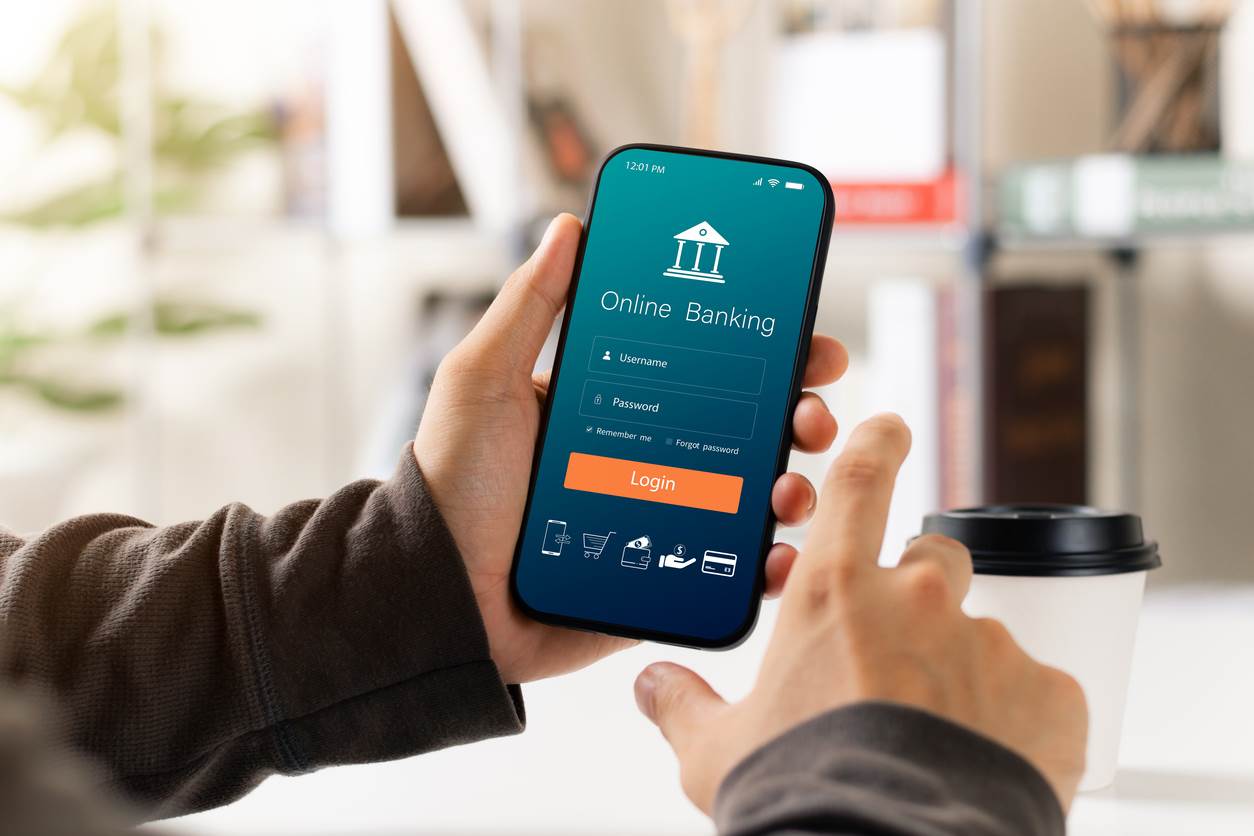An account you can open in mere minutes. Easy mobile money movement. No monthly minimum balances. Automated financial advice.

With so many promises of convenience and a great user experience, online financial services certainly make traditional banks look… well, lame. But don’t be fooled – these online apps aren’t always banks. Which means they aren’t protected like banks are…and they don’t protect you like banks do.
There has been a huge surge of financial technology, or fintech, companies popping up for years. And thanks to the ease of services they tout, they have grown in popularity.
But there are definite risks involved with putting your money into these apps or platforms.
Risks with putting your money into apps or platforms
Lack of Regulation
Banks have to comply with stringent government regulations and industry standards
(click here to learn more about how bank compliance keeps you safe). Not only that, but we’re required to insure deposits through programs like FDIC, giving you an extra layer of protection.
This is much more “gray” for fintech companies, which aren’t legally required to offer the same protections and, therefore, don’t have the same safety net as a bank. For example, as a warning story reported by NPR, thousands of people couldn't access the millions of dollars they had deposited when a little known tech company filed for bankruptcy in spring 2024.
Data and Privacy Security
Compliance with heavy government regulations, along with robust security measures, ensure a much tougher defense against cyberattacks. This minimizes your risk of identity theft or losing money. Fraud has become so prevalent, but banks like INB have customized protection solutions for both personal and business banking.
Fintech apps, on the other hand, often operate with fewer resources dedicated to cybersecurity. They collect and process huge amounts of user data, but many lack the risk management strategies found in established institutions like banks.
Customer Support
Sure, fintechs might simplify your financial tasks. But have you ever needed to talk to a real person?
At a traditional bank, if anything goes wrong with your account or you have a pressing question, you can call a banker or walk into a branch and speak with someone. In-person services help you resolve problems quickly, giving you more peace of mind.
However, fintechs rely heavily on automated customer service, or even chatbots. If you’re dealing with a suspicious transaction or payment issue, you’ll likely have trouble getting real-time assistance.
History shows that banks always prove their strength over alternatives during times of trouble.
Stability. As I mentioned above, traditional banks are well-capitalized and subject to stringent requirements to ensure financial stability.
In other words, INB isn’t going anywhere!
Will your fintech app still be there in five years – along with your money? Many of these platforms are still in their growth stages, operating on investor cash, negative margins, and on the edge of going under.
The majority of fintechs are founded and funded with venture capital, which means they have a base of investors who are looking for an exit strategy within five to 10 years. This has a major effect on how they approach fraud management, customer retention, and problem resolution.
Banks like INB are established, reliable financial institutions. With our government guarantees and strict oversight, we offer a level of trust that most fintech startups simply can’t match at this point.